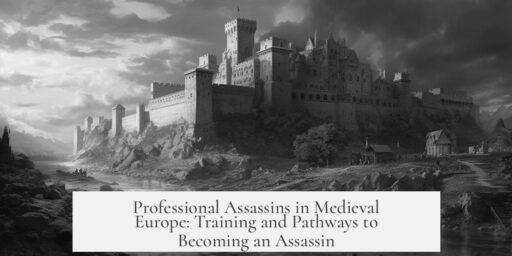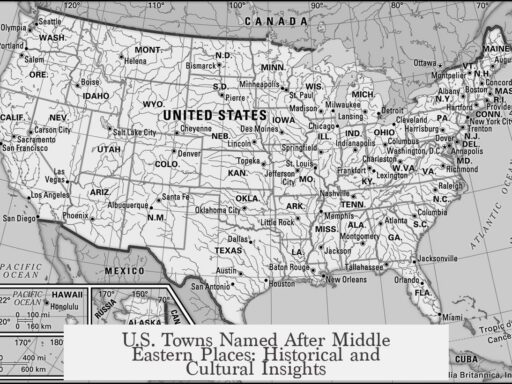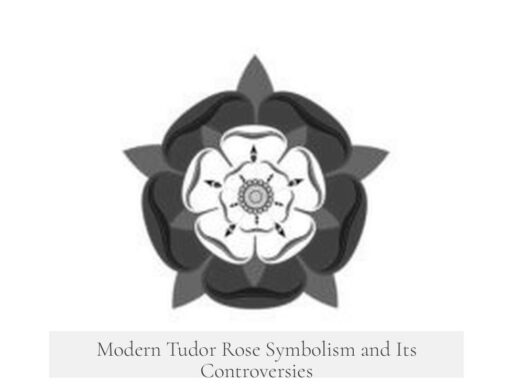Professional assassins, as popularly imagined—highly trained killers skilled in stealth combat and espionage—did not exist in medieval Europe. No historical evidence supports the presence of formal assassin guilds or schools that trained individuals specifically for assassination roles.
The word “assassin” reached medieval Europe via the Crusades. It derives from the Arabic term حشاشين (hashishiyyin), referring to a Nizari Isma’ili Muslim sect active in the Levant. This sect employed targeted political killings in the 12th century within Persia and Syria’s mountainous regions. The term originally carried a derogatory meaning linked to supposed drug use, though this claim is debated by modern scholars.
In the European medieval context, the concept of a blade-wielding, lone assassin who heroically slays countless foes is a myth popularized by literature and entertainment. Most medieval assassinations were politically motivated but not carried out by specially trained professionals. Instead, the methods were pragmatic and focused on stealth and subtlety.
Assassination in medieval Europe heavily favored poisoning over direct combat. Poisoning offered the advantage of being inexpensive, easy to conceal, and producing death that could appear as natural illness. A variety of toxic plants and chemicals were available, including nightshade, water hemlock, laburnum, black hellebore, and arsenic powder. Those possessing deep knowledge of these poisons, such as apothecaries, were integral to assassination plots or served as indirect facilitators.
Apothecaries formed guilds in medieval cities and were the closest professionals linked to assassination through their expertise in medical substances and poisons. They practiced pharmacy and chemical preparation, selling poisons sometimes for medicinal, pest-control, or cosmetic uses rather than malicious intent. Understanding proper dosages was critical since many poisonous compounds also had therapeutic value in controlled amounts.
Training to become an assassin, as understood in popular culture, did not occur in medieval Europe. Instead, individuals who wished to perform assassinations typically gained access to poisons and found ways to approach their targets discreetly. Opportunities to kill often arose by deception, disguise, or exploiting proximity rather than combat mastery. There were no formal schools, but manuals such as “The Book of Venoms” (1424) helped spread knowledge about poisons across Europe.
Historical assassination attempts and successes often involved small groups or lone actors using knives, early firearms, or poison. Most assassinations ended with the attacker’s death or capture. Notable examples of political assassinations include:
- Louis, Duke of Orléans (1407), killed by 15 masked men.
- Giuliano de’ Medici (1478), murdered during the Pazzi conspiracy by masked nobles.
- Henry III of France (1575), stabbed by a friar using forged papers.
- Henry IV of France (1610), ambushed and stabbed by a fanatic.
- William I of Orange (1584), shot by the lone assassin Balthasar Gerard.
Unlike Japanese ninja or mercenary groups who had formal training regimes, medieval Europe lacked organized assassin groups. Instead, assassination was typically an opportunistic act by politically motivated individuals or small groups without formal preparation.
Modern professional assassins, if they exist, are usually linked to military or criminal organizations and work covertly. Historical European assassins are better described as opportunists using available means—mostly poison and surprise attacks—rather than trained professionals.
| Aspect | Medieval European Assassins |
|---|---|
| Existence of formal assassin guilds | No evidence found |
| Common assassination method | Poisoning |
| Training | None formal; knowledge gained through apothecaries or opportunism |
| Typical assassin profile | Opportunistic individual or small group, not professional operatives |
| Relation to term “assassin” | Borrowed from Muslim sects, later generalized in Europe |
- Professional assassins, as skilled combat specialists, did not exist in medieval Europe.
- The word “assassin” derives from a Muslim sect known for political killings.
- Poisoning was the favored assassination method, with apothecaries playing a key role.
- No formal training or schools for assassins were available; knowledge was mostly practical and opportunistic.
- Historical assassinations were politically motivated acts by individuals or small groups rather than organized professionals.



